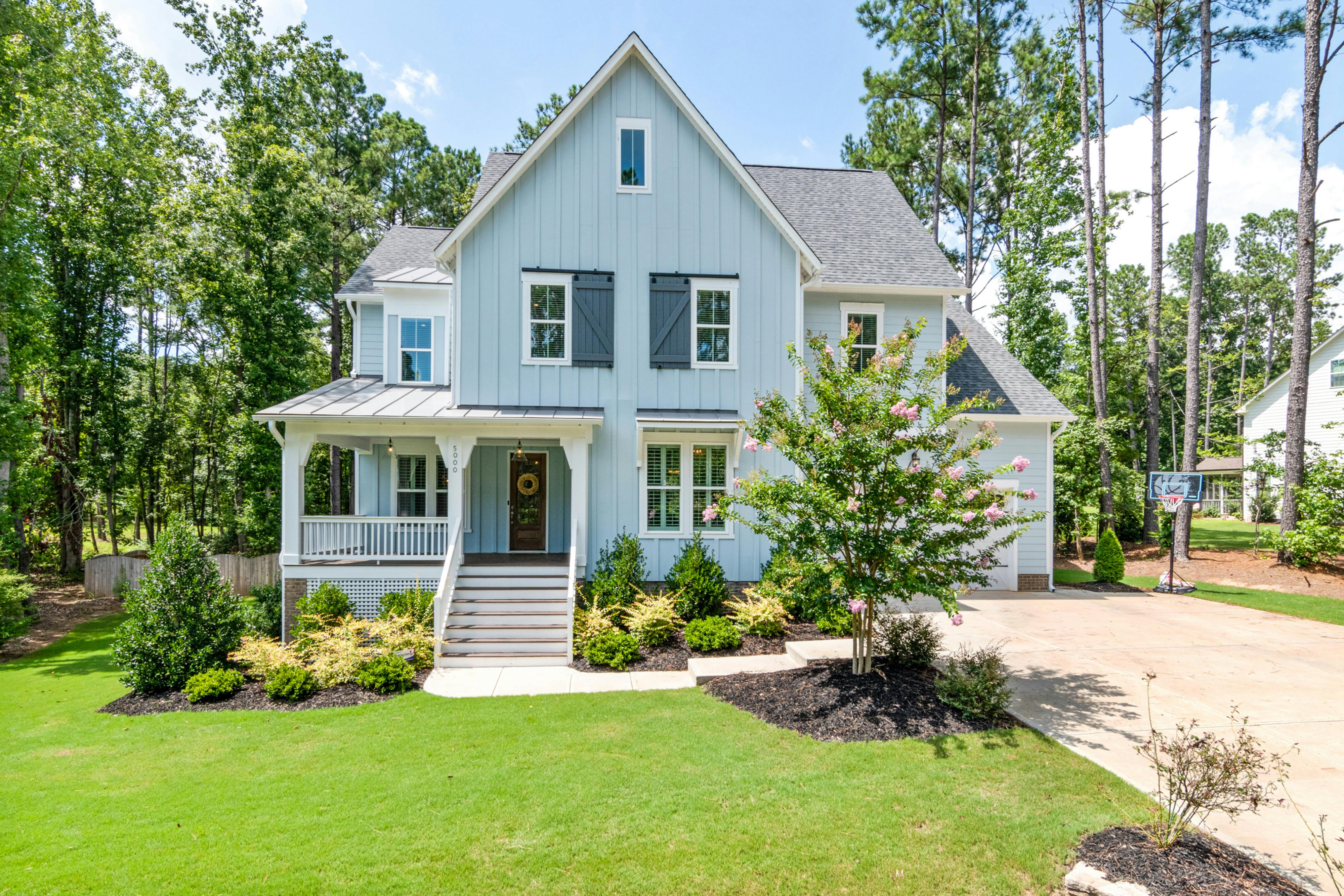For today’s article, I’d like to share with you all my top 10 general calculations to make before investing in any real estate property:
Loan to Value (LTV):
Unless you have enough money to pay for the entire property, you should consider taking out a loan for your real estate investment. Therefore, one of the most critical ratios to consider is the LTV because it will affect the total amount you will pay to borrow the funds. Generally, high LTV values are classified as “high risk” and borrowers would typically be charged more or required to purchase mortgage insurance, increasing their overall operating expenses.
Formula: Loan Amount x 100 / Market Value = LTV
Net Operating Income (NOI):
Any successful real estate investor would tell you the importance of calculating NOI. It not only takes into account the properties’ annual gross income minus vacancies, but also bad debt and total operating expenses. For those who don’t know, gross income includes any income associated with the property (for example, rent, parking, laundry); Operating expenses refer to all costs incurred during the operation and maintenance of the property (for example, repairs, insurance, utilities, property taxes, administration, etc.).
Formula: Gross Income – Vacancy, Debt, Total Operating Expenses = NOT ME
Capitalization Rate (CR):
To determine the value of income-producing properties, many investors calculate CR as an indicator to estimate the purchase price of different types of income-producing properties. In general, the higher the selling price, the lower the cap rate, and the lower the selling price, the higher the cap rate.
As an investor, you’ll want your capitalization rate (%) to be as high as possible.
Formula: Net Operating Profit / Sale Price (Value) = CR
Gross Rent Multiplier (GRM):
One of the easiest ways to determine a ballpark estimate of a property’s value is to use the GRM, which only requires two pieces of information: the sales price and the total possible gross rental amount. You can calculate the GRM monthly or annually, and it will give you a good indicator of how much cash flow the property is capable of producing.
Formula: Purchase Price / Annual Gross Rent = GRM
Debt Coverage Ratio (DCR):
The DCR is another vital ratio used to measure a property’s ability to pay its mortgage and other operating expenses. From an investor’s perspective, the higher the DCR value, the better, and a DCR ratio of 1 equates to “break even.” Many lenders and banks typically require a DCR value of 1.1 to 1.3 before approving loans.
Formula: NOI / Debt Service (Total Principal and Annual Interest) = DRC
Balance Ratio (BER):
The BER is used to calculate the ratio of a property’s cash outflow to rental income to determine what percentage is spent versus income. Typically, many lenders and investors look for a BER value of <85%. The reason is that they want some form of insurance in case rents drop ~15% before the property breaks even.
Formula: Debt Service + Annual Operating Expenses / Gross Operating Income = BER
Return on Investment (ROI):
To be a successful investor, you must determine your ROI to ensure that you receive a return on your investment(s) after deducting all associated costs and expenses. ROI would not only help assess the profitability of an investment, but also its efficiency and effectiveness relative to other properties or investments.
Formula: Investment Gain – Investment Cost / Investment Cost = KING
Cash-to-Cash Return (CCR):
The CCR is a percentage that measures the return on cash invested in a rental property.
Formula: Cash Flow Before Taxes / Cash Invested x 100 = RCC
Rating (A):
Of course, not all real estate investments will be short-term investments. There are some properties that you will want to hold on to for the long term in an effort to take advantage of appreciation because you believe that these properties will be worth much more in the future. Instead of getting instant gratification through a quick sale, you could keep the property and gradually make improvements in an effort to raise the rent. Remember, many investors would be happy to pay more for a property with a high ROI and appreciation.
Formula: Future resale price – Original sale price = IN
Depreciation (D):
Depreciation is another important consideration when investing in real estate. To calculate basic depreciation, investors need to know the asset’s initial cost and its residual value, including the estimated “useful life.”
Formula: Cost – Salvage Value / Estimated Useful Life = D
To illustrate, let’s say an investor bought a property for $100,000 and its useful life was determined to be 10 years, then the property depreciates by $10,000 annually.
Henry Ford once said that “the best we can do is assess the possibilities, calculate the risks involved, estimate our ability to meet them, and then confidently make our plans.” By using the 10 calculations above, he can crunch the numbers to take the guesswork out of any real estate investment and approach every deal with confidence.



Recent Comments